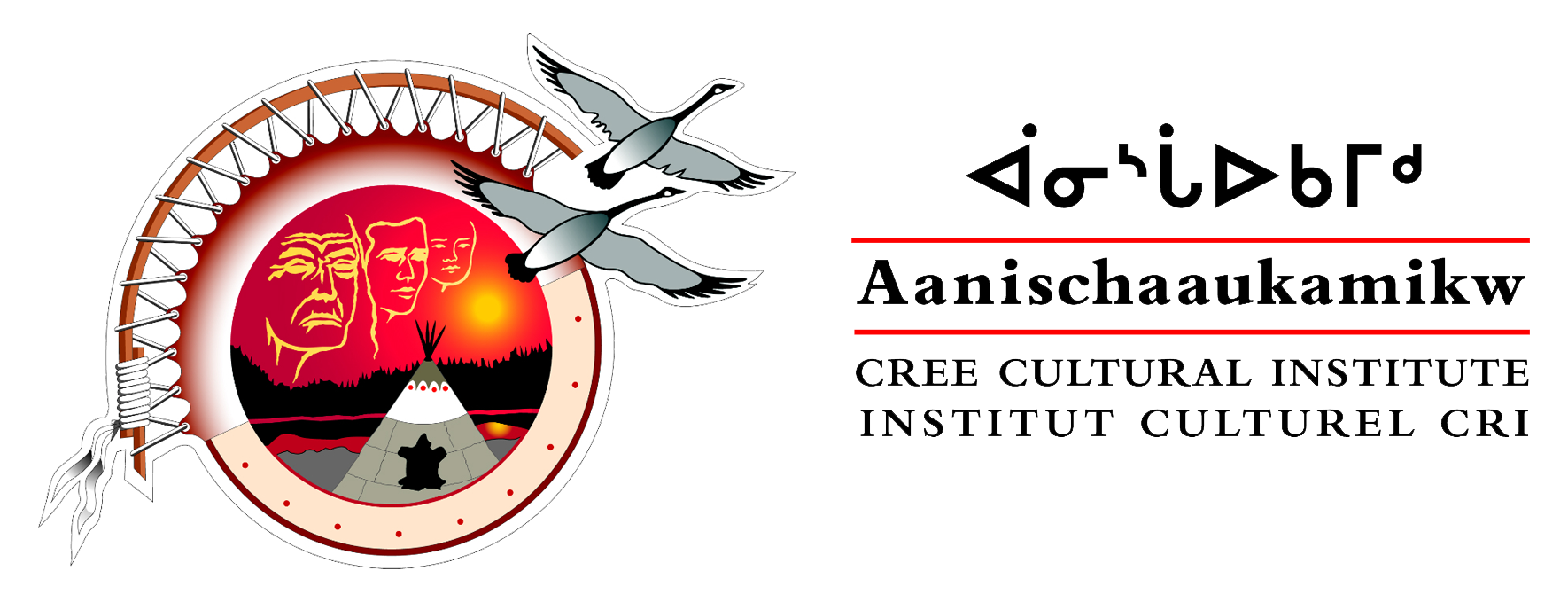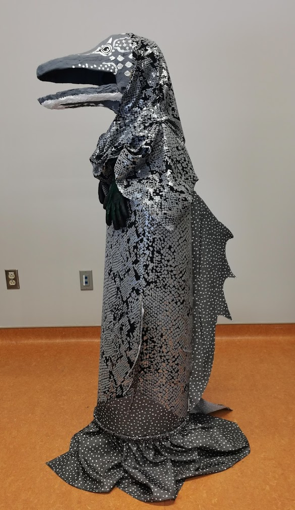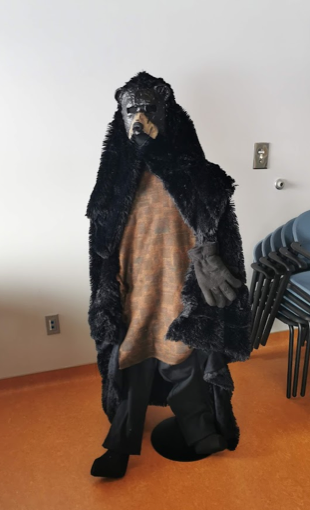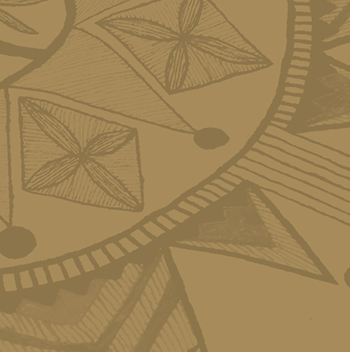The past six months as a Collections Intern at ACCI have been quite eventful. Although my duties as a collections intern have shifted slightly from those I did as a conservation intern, there is still some overlap. Object photography, storage/support construction, and object labelling were still a very present part of my tasks. There were many memorable moments at Aanischaaukamikw, however a couple of highlights from my internship stood out.
One of the main tasks I undertook during this internship was object labelling. Two of my major projects included the mass labelling of objects and costumes in the inventory. Labelling requires a good knowledge of the different materials found in the collection, the material’s general condition, and of all the different methods of label application. It is important that all labelling material used or applied should be completely reversible. For example, if the label needed to be removed for any reason, a conservator should be able to remove the label easily without damaging the object or its surface.
As previously mentioned, there are multiple methods for labelling an object depending on its material and/or condition. For example, a costume made of textile has a different labelling procedure than an object made of wood or stone. The textile object, if in good condition, usually requires a sewn-on object label made of twill or tyvek. However, it is important to note that none of the sewing should have knots for easy removal and that the label is not being sewn into the material but rather attached to an existing hem or stitch. On the other hand, a wood object has a few more options in terms of labeling. For a wood object you can directly label the object or you can apply a tyvek label. In sum, the labelling process is very time consuming and requires an in-depth knowledge of the objects.
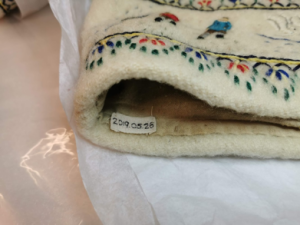

In November the Mind’s Eye play was filmed at ACCI in the Billy Diamond Hall. This was quite a large endeavor that lasted about a month. A dozen actors came to stay in the community along with a small team of producers. Once filming wrapped up, I was tasked with inventorying all the new costumes and props that were used during filming, as they would all be entering our living collection. Over 35 costumes were inventoried, tagged and photographed.
Some of the costumes from the filming of Mind’s Eye 2021. From left to right, Pumitskow costume, Fish costume, and Bear costume.
Another large project was the organization and replenishing of the disaster kits, and updating the contact information in the Emergency Preparedness Plan Policy. The disaster kits were filled with updated materials and equipment, the proper documentation, a list of the contents and a map with the location of each kit was included. An emergency preparedness plan is put in place by museums in case of natural disasters such as fires, floods, power loss, or infestation that may seriously impact the welfare of the collections in their care. Therefore, it is very important for museums to review and update all emergency kits and policies to ensure they are ready for any type of disaster. Updating the kits is also important to ensure that all materials are up-to-date and present in the kits and any missing materials should be replaced.
In short, this internship at ACCI has taught me a lot about working with museum collections, more than I could recount in this blog! Leaving this internship, I feel confident and ready to meet the museum world head on. Thank you ACCI!
